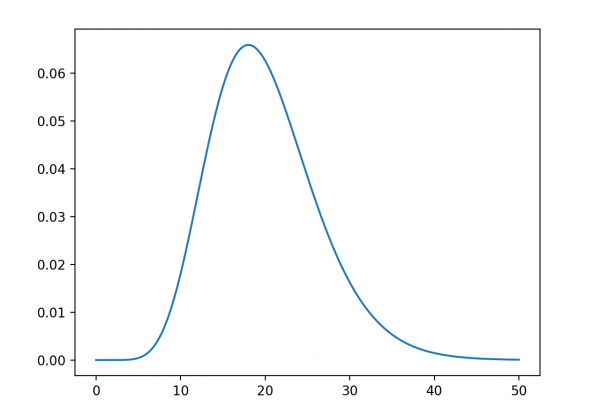A Gentle Introduction to Statistical Data Distributions
Last Updated on August 8, 2019 A sample of data will form a distribution, and by far the most well-known distribution is the Gaussian distribution, often called the Normal distribution. The distribution provides a parameterized mathematical function that can be used to calculate the probability for any individual observation from the sample space. This distribution describes the grouping or the density of the observations, called the probability density function. We can also calculate the likelihood of an observation having a […]
Read more








